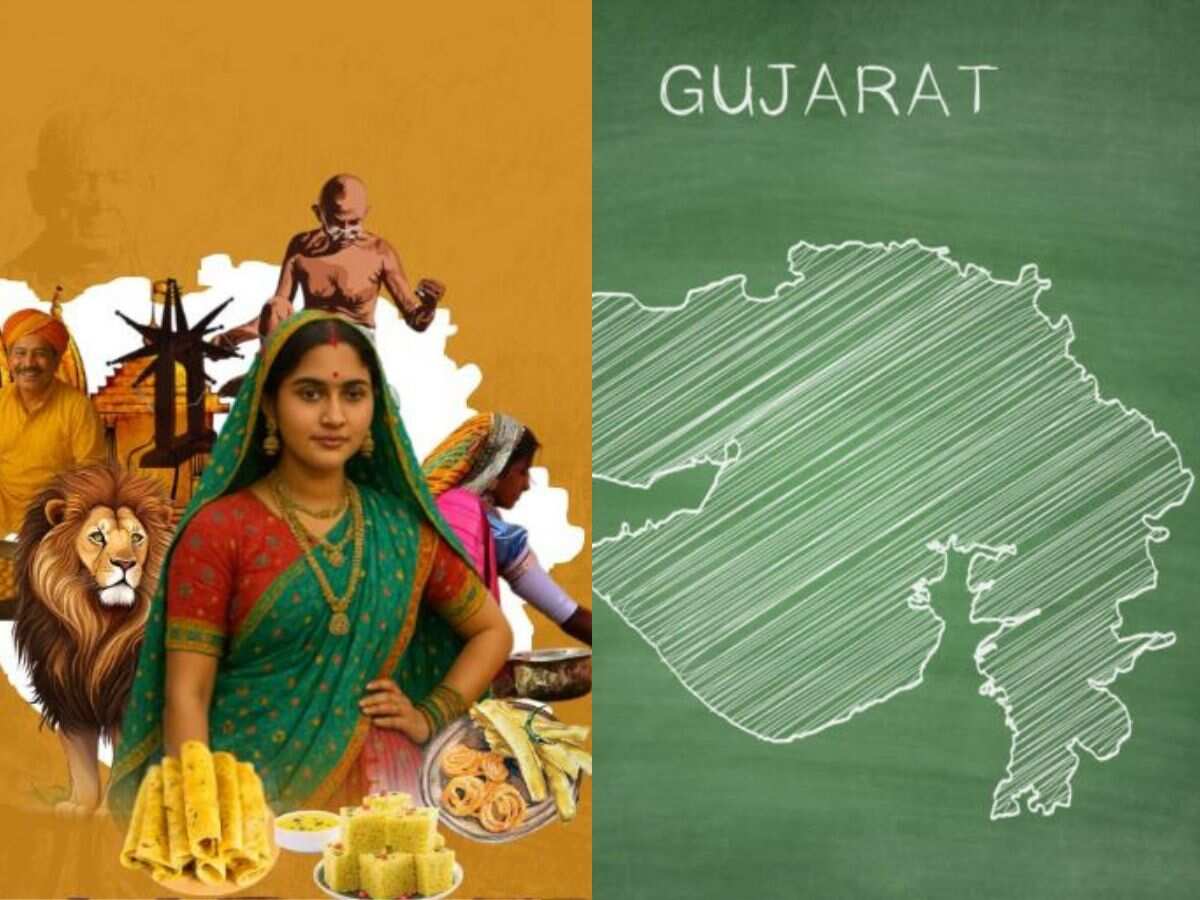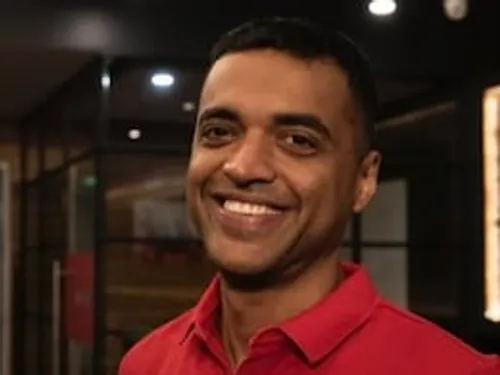On May 1st, Gujarat annually celebrates its Sthapana Divas (Statehood) as the state got its status on the name of Gujarat on 1st May, 1960. This year marks the 65th Gujarat Foundation Day, and on this auspicious occasion, President Droupadi Murmu, Prime Minister Narendra Modi, Union Home Minister Amit Shah, Congress leader Rahul Gandhi, along with others, extended their warm greetings.
Taking to X, President Murmu wrote, “On the foundation day of Gujarat state, I extend my heartiest greetings to all my countrymen, especially my Gujarati brothers and sisters living in India and abroad.”
Prime Minister Narendra Modi extended his greetings to the people of Gujarat on the occasion of their Statehood Day.
In his X post, he wrote,
On the proud occasion of their Statehood Day, my best wishes to the people of Gujarat. The state has distinguished itself for its culture, spirit of enterprise and dynamism. The people of Gujarat have excelled in various fields. May the state keep attaining new heights of…
— Narendra Modi (@narendramodi) May 1, 2025
Gujarat Chief Minister Bhupendra Patel also extended warm greetings to all Gujaratis on Gujarat State Foundation Day, also known as ‘Gujarat Gaurav Diwas’, celebrating the state’s rich legacy and contributions.
How Gujarat came to be: A look into the state’s formation history
Gujarat is proud to be the birthplace of great leaders like Mahatma Gandhi, who spread the message of peace and non-violence, and Sardar Vallabhbhai Patel, who united India. Their legacy continues to inspire humanity. But did you know Gujarat had to fight for its identity?
The day is popularly celebrated as ‘Gujarat Gaurav Din’ or ‘Gujarat Sthapana Divas’ and clashes with Maharashtra Din, celebrating the formation of the states of Maharashtra and Gujarat.
Bombay state, post-independence, was a bilingual state comprising both Marathi and Gujarati-speaking regions.
On May 1, 1960, the bilingual Bombay State was officially split into two separate states- Gujarat and Maharashtra – based on linguistic lines.
The reorganisation of Indian states post-Independence was driven by strong demands for linguistic identities.
The Samyukta Maharashtra Samiti, formed in 1956, was among the prominent groups advocating for a Marathi-speaking state, while parallel aspirations led to the call for a separate Gujarati-speaking state.
Responding to these growing demands, the Indian government established a commission to address the concerns.
Its recommendations ultimately led to the division of Bombay State, paving the way for the creation of Maharashtra and Gujarat. To ensure equality, both states were inaugurated on the same date, May 1, 1960.
Today, Gujarat stands tall as a hub of trade, industry, and cultural vibrancy, with its citizens playing key roles in India’s economic and social development.
The making of Gujarat
- Since attaining statehood in 1960, every Gujarati has played a role in shaping the inspiring success story and rich legacy of Gujarat.
- The demand for linguistic states led to movements nationwide, including the Mahagujarat Andolan.
- The idea of a separate Gujarat was first brought up in 1937 by KM Munshi at the Gujarat Sahitya Sabha in Karachi
- The Mahagujarat Janata Parishad was formed under Indulal Yagnik, who played a key role in mobilising public support.
- Gujarat became a separate state on May 1, 1960, under the Bombay Reorganisation Act, 1960.
- Saurashtra and Kutch regions were merged into Gujarat.
- Ahmedabad was the initial administrative capital before it shifted to Gandhinagar in 1970.
- Gujarat Gaurav Divas is a moment to remember and honour all those, both renowned and unsung, who have contributed to building this great state.
Anurag Dhole is a seasoned journalist and content writer with a passion for delivering timely, accurate, and engaging stories. With over 8 years of experience in digital media, she covers a wide range of topics—from breaking news and politics to business insights and cultural trends. Jane's writing style blends clarity with depth, aiming to inform and inspire readers in a fast-paced media landscape. When she’s not chasing stories, she’s likely reading investigative features or exploring local cafés for her next writing spot.






